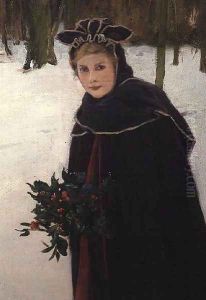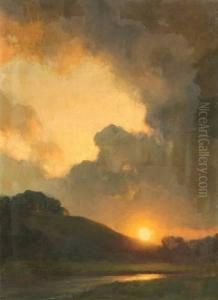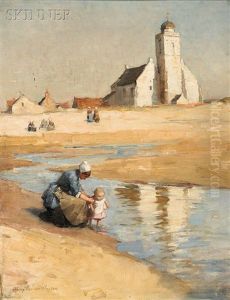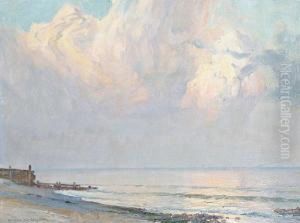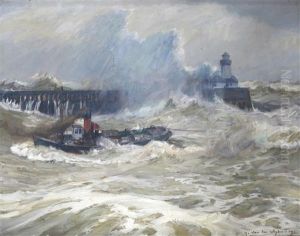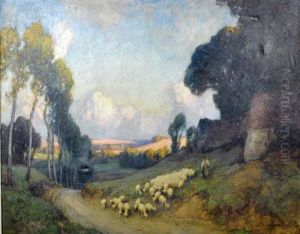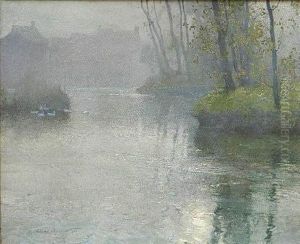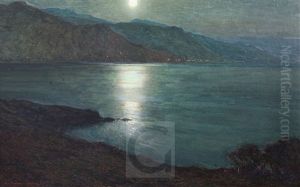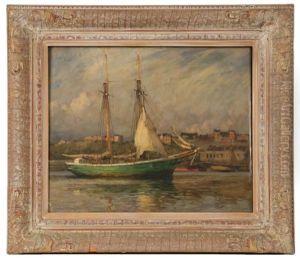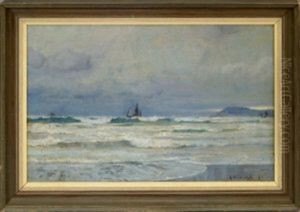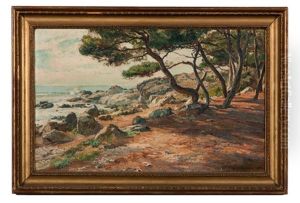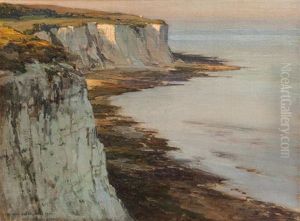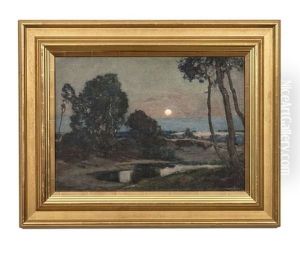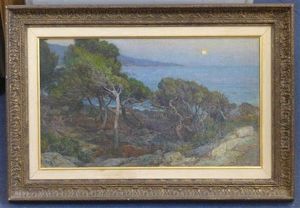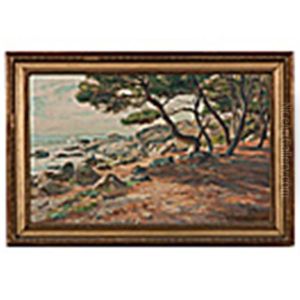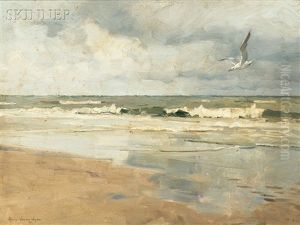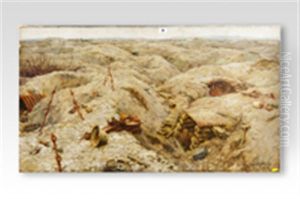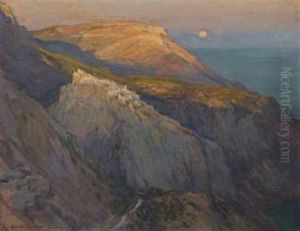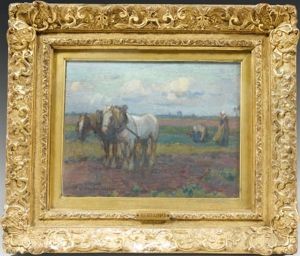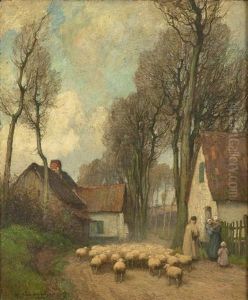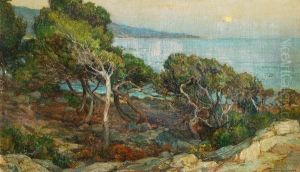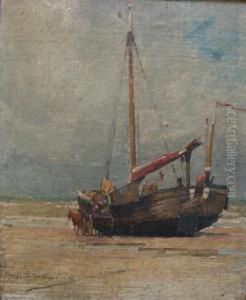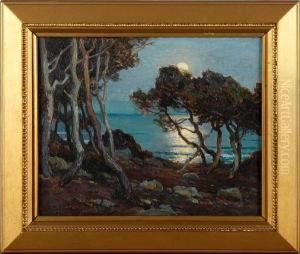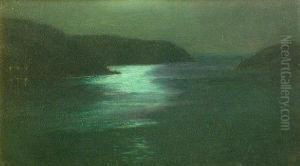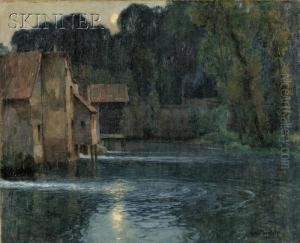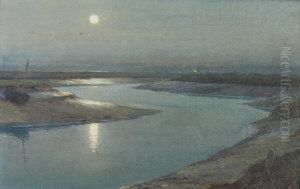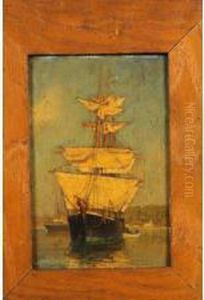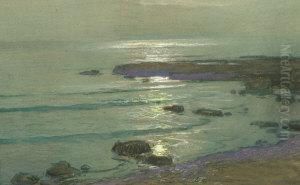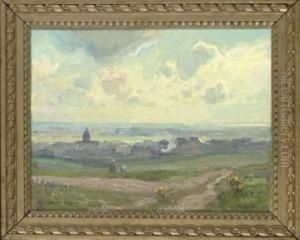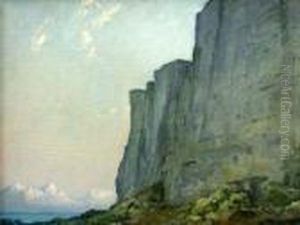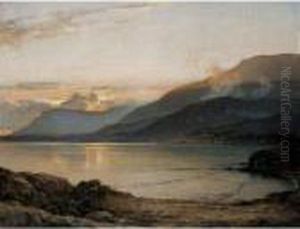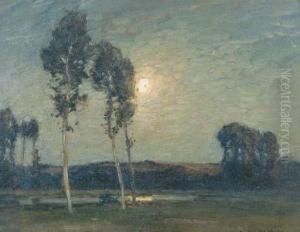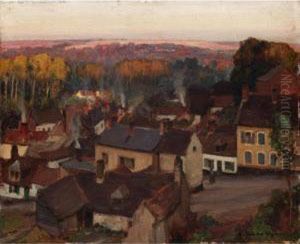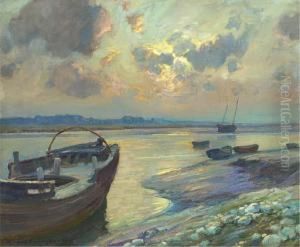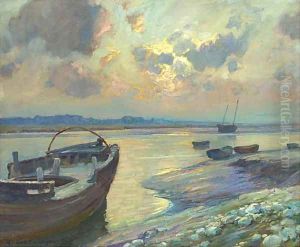Harry van der Weyden Paintings
Harry van der Weyden was an American painter of Dutch descent born on October 6, 1868, in Boston, Massachusetts. He is known for his contributions to portrait and landscape painting in the late 19th and early 20th centuries. His artistic education began in earnest when he moved to Europe, which was a common practice among American artists at the time seeking formal training and exposure to the European art scene. Van der Weyden studied in Paris at the Académie Julian under the tutelage of William-Adolphe Bouguereau and Tony Robert-Fleury, both of whom were prominent artists of their day.
During his time in Europe, van der Weyden absorbed influences from the various art movements of the period, including Realism and Impressionism, although he did not fully embrace these styles. His work often exhibited a blend of academic traditionalism with a sensitivity to light and color that reflected the changing tastes of the era. After completing his education, he spent time traveling and working throughout Europe, which further enriched his artistic perspective.
Van der Weyden eventually returned to the United States, where he became an active member of the art community. He participated in exhibitions and was associated with several art organizations. His portraits were particularly well-regarded, and he painted many notable figures of his time. Van der Weyden's landscapes also received acclaim; they often depicted the American countryside and conveyed a sense of tranquility and natural beauty.
Despite his success as an artist, Harry van der Weyden is not as widely recognized today as some of his contemporaries. Nevertheless, he left behind a body of work that reflects the transitional period in American art from the 19th to the 20th century, showcasing a blend of European influences and American sensibilities. He continued to paint throughout his life, and his work was exhibited in galleries and museums.
Harry van der Weyden passed away on January 20, 1952, in Massachusetts. His legacy lives on in his paintings, which are held in private collections and occasionally appear in art auctions. While his name may not be as familiar as other American artists from his time, his contributions to the field of portrait and landscape painting remain a part of the rich tapestry of American art history.
